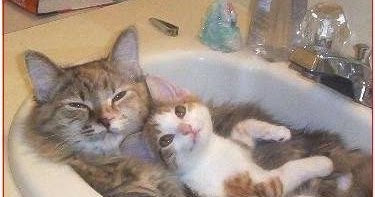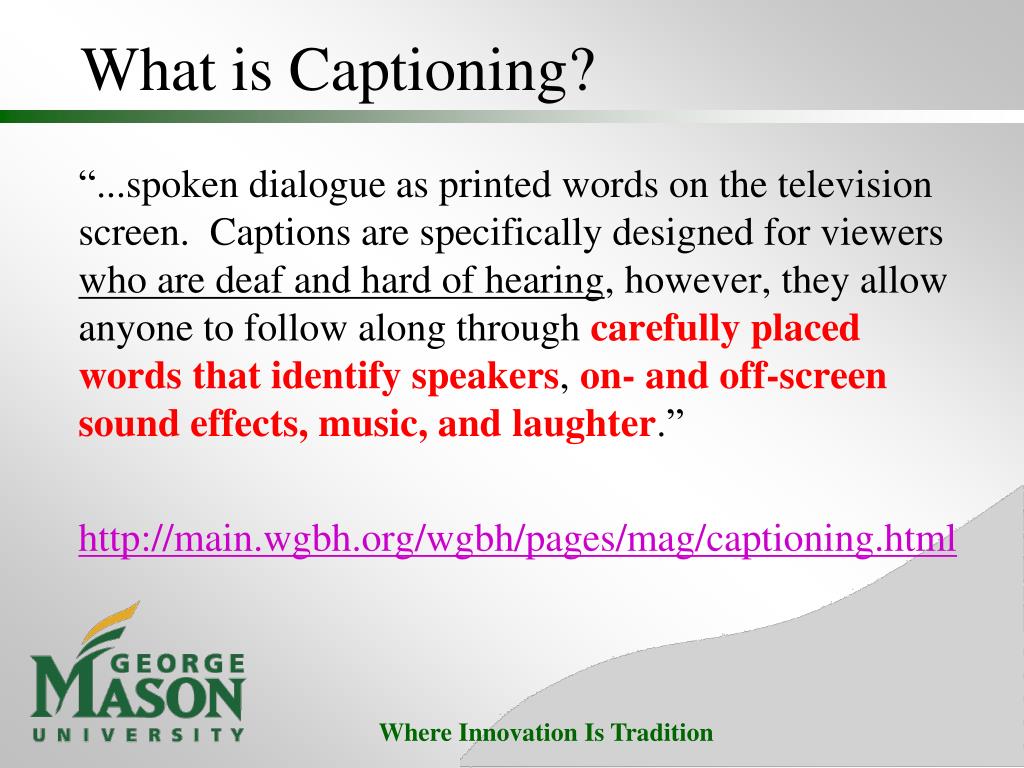

The Franklin Covey Style Guide for Business and Technical Communication provides an excellent source for writing captions (Franklin 39 - 41).
#Picture with caption definition how to#
Captions label graphics with titles and explain to readers what they are seeing, and how to interpret the information captured in the visual. Good captions are what guide readers not only to see, but also to understand. Words such as Figure, Illustration, and Table should be in bold type.Captions for graphics include the title and any explanatory material, immediately under the graphic.Captions that are merely a title for a graphic are not very helpful (Franklin 96). Captions should be informational, without becoming too lengthy.

Interpretive captions usually require one or more sentences. Ensure that the explanation is near the graphic.Ĭaptions, tables, and graphics titles must clearly identify information to the reader. The label sequence may be in alphabetical or numerical order. Online, labels can be links or hotspots whereby more information about the element is displayed on mouse rollover.Ĭallouts are best used when many parts of the image need to be labeled and each part requires a longer explanation.they may be placed around the graphic and use lines to point to the relevant element in the graphic.they may be placed directly on the graphic (whereby they become part of the graphic), or.Labels can take different forms (Gurak 304 - 306). If callouts are used, place the explanatory text in a key next to the graphic.Align the labels and callouts for a neater appearance (Rude 116).Use a standard font and size for readability (Rude 116).Layout the labels or callouts next to the elements in the graphic they identify, using a line to connect the two, if necessary.in general, all parts mentioned in the text should have a label or callout, and all parts with a label or callout should be mentioned in the text.use the same terms on the label or callout as in the text (Rude 116).create a consistent visual style (Gurak 308).Estimate how much explanation each item requires to determine if labels or callouts are more appropriate (Gurak 308).Determine the number of items to identify in the image (Gurak 308).Guidelines for Creating Labels and Callouts Use numbers or letters to identify each element and the supplementary explanations. In this case, callouts are the better option. The advantage of labels is that the reader gains a basic understanding of elements in the graphic without referring to supplementary explanations. But use them selectively use them only if readers need them (Rude 116). "Although the terms are used interchangeably, labels are text identifers that are self-explanatory in an image, while callouts are labels that require further information outside the image to explain what they are identifying" (Gurak 304). To identify specific elements or features, labels and captions are placed directly on the graphic or near it. Notes, or footnotes, explain or give credit. Labels and callouts identify specific elements or features on a graphic whereas captions are short phrases or sentences that describe the graphic. Labels, callouts, and captions are identifying text for graphics.


 0 kommentar(er)
0 kommentar(er)
